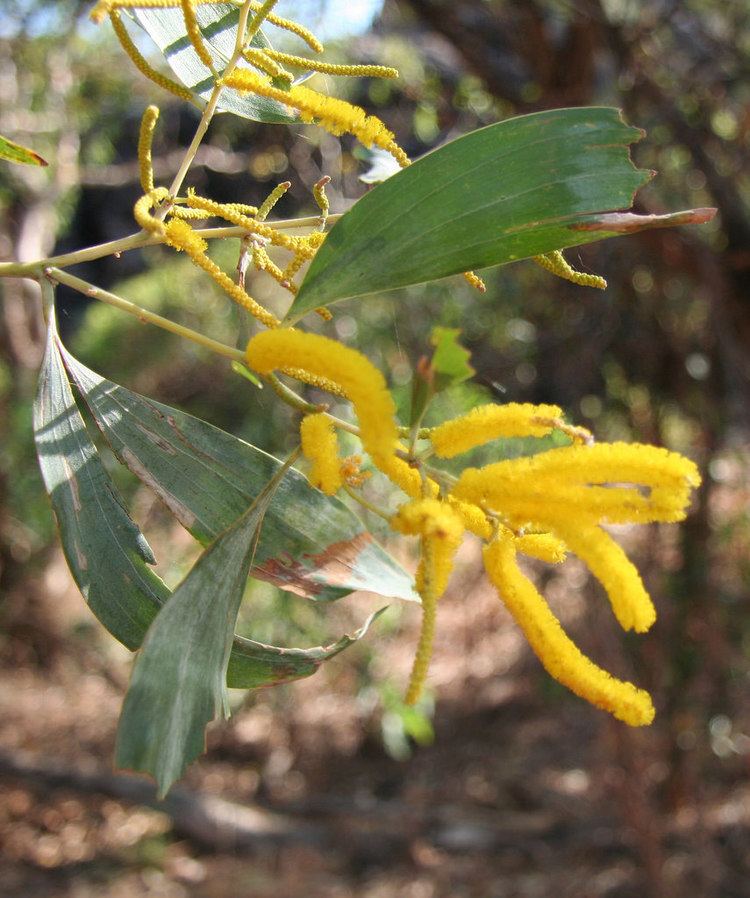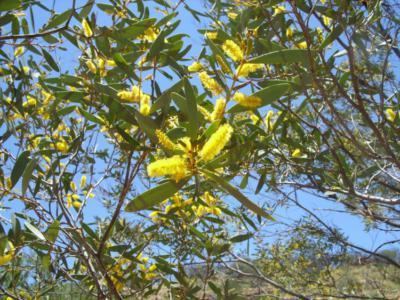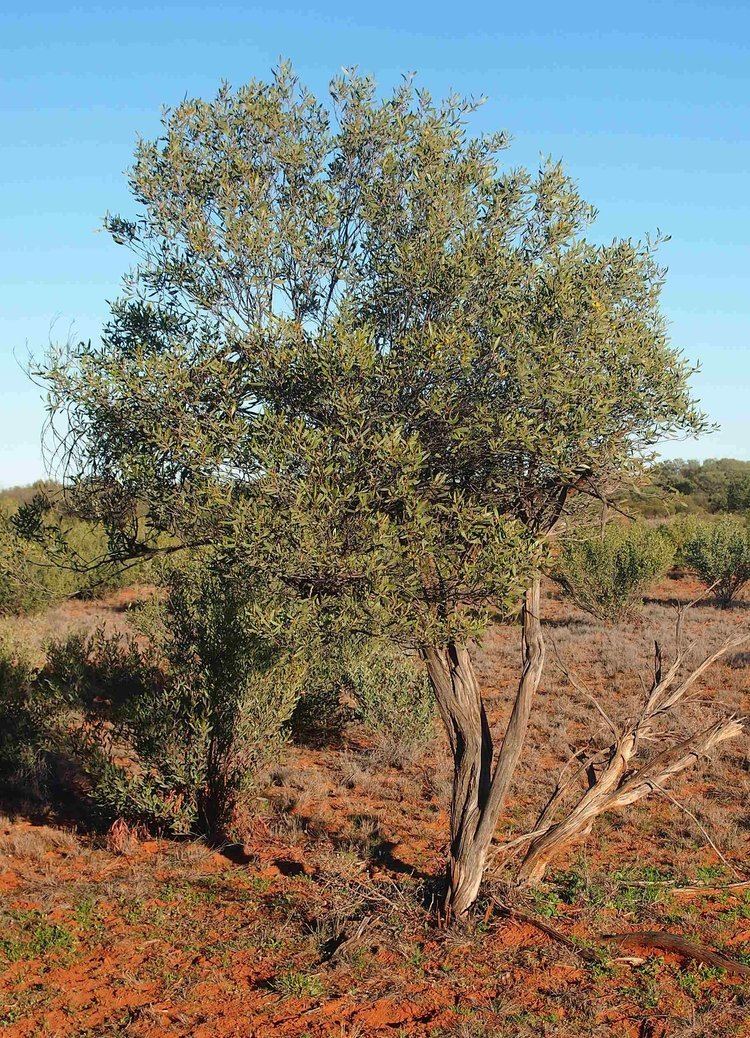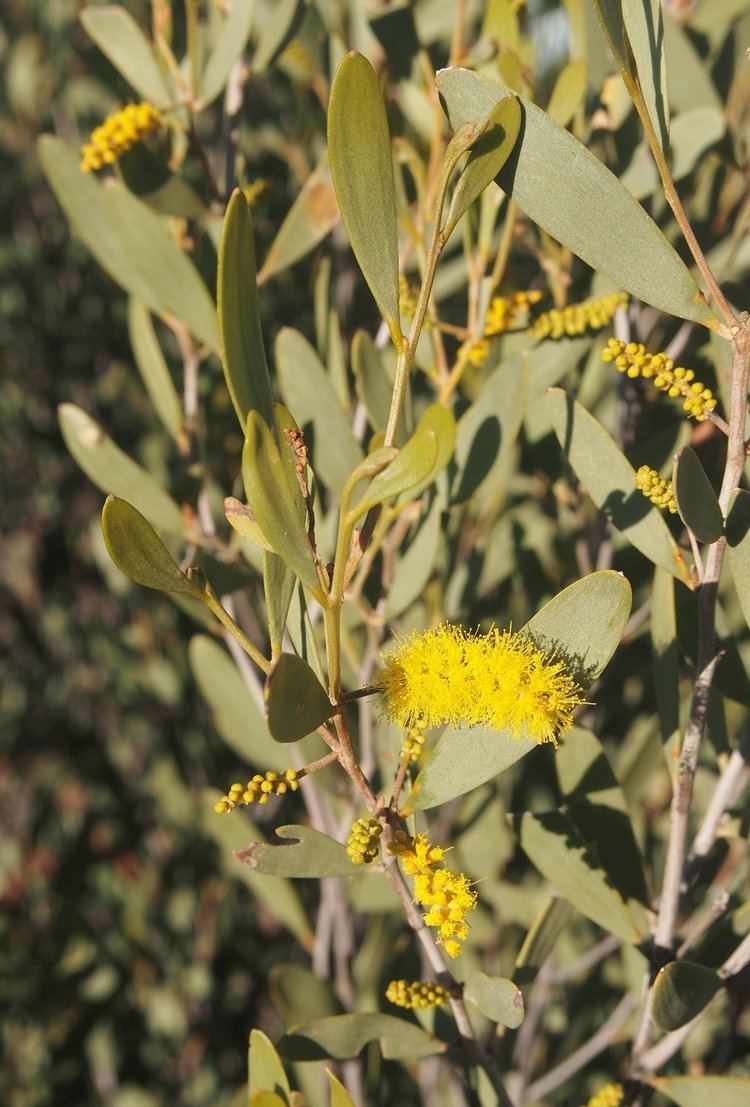Rank Species | ||
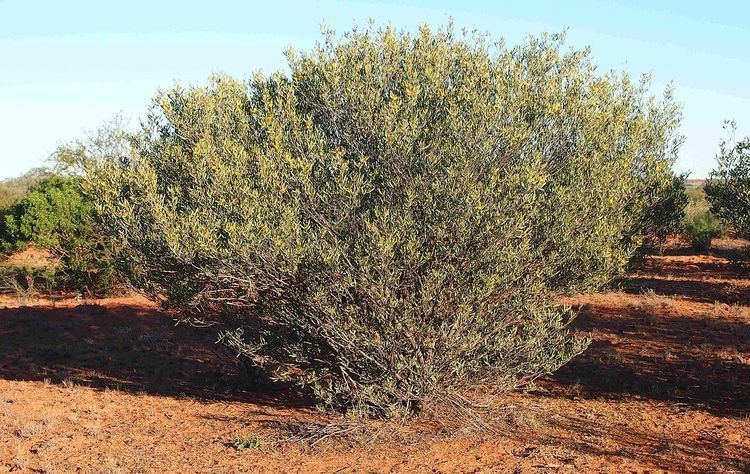 | ||
Similar Acacia tetragonophylla, Acacia ligulata, Acacia coriacea, Acacia murrayana, Acacia estrophiolata | ||
Acacia kempeana (Acacia or ακακία (akakia) from the Greek word Akis for thorn and kempeana after Pastor Kempe, co-founder of Lutheran Mission at Hermannburg-Ntaria in 1877), commonly known as wanderrie wattle, witchetty bush or granite wattle, is a shrub in subfamily Mimosoideae of family Fabaceae. Endemic to Australia, it is widely distributed through arid and semi-arid inland areas of Western Australia, South Australia, the Northern Territory and Queensland.
Contents
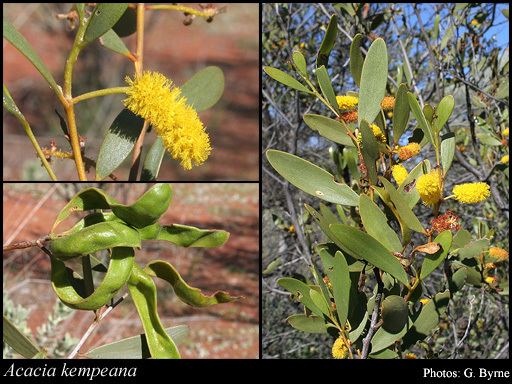
Description
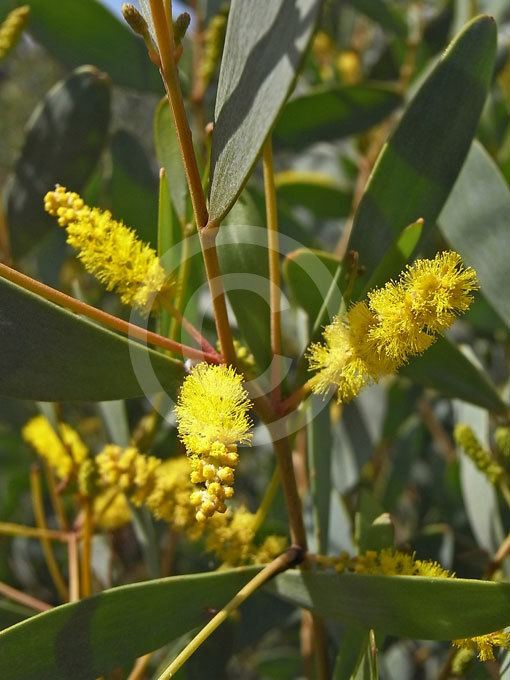
Wanderrie wattle grows as a spreading shrub with many stems, to a height of about four metres. Like most Acacia species, it has phyllodes rather than true leaves. These are a bright green colour, flat, up to nine centimetres long and 1½ centimetres wide. The flowers are yellow, and held in cylindrical clusters between one and two centimetres long. The pods are papery, about seven centimetres long and 1½ centimetres wide.
Uses
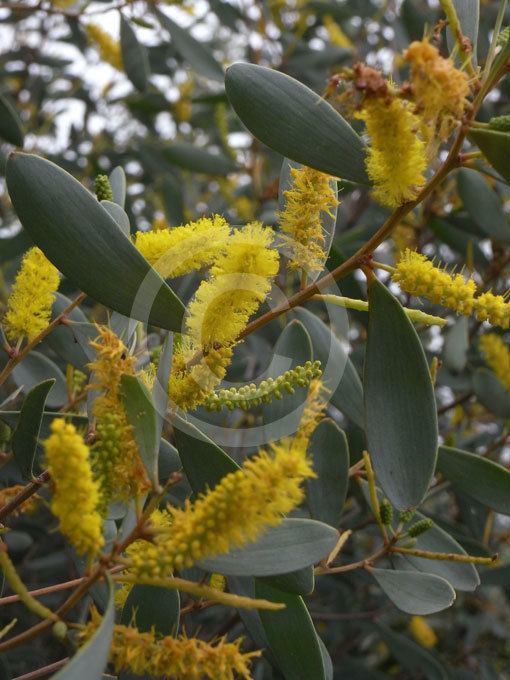
The common name "witchetty bush" refers to the fact that Australian Aborigines obtained witchetty grubs from the roots. The bush also provided edible gum and seeds.
